
Manito, officially the Municipality of Manito, is a 4th class municipality in the province of Albay, Philippines. According to the 2020 census, it has a population of 26,162.

Aroroy, officially the Municipality of Aroroy, is a 1st class municipality in the province of Masbate, Philippines. According to the 2020 census, it has a population of 88,351 people. The town is known for the Kalanay Cave, one of the most important archaeological sites in Masbate province.
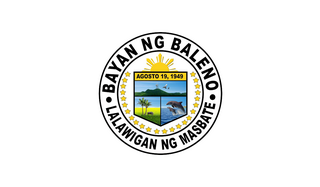
Baleno, officially the Municipality of Baleno, is a 4th class municipality in the province of Masbate, Philippines. According to the 2020 census, it has a population of 28,855 people.
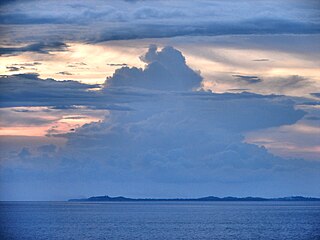
Balud, officially the Municipality of Balud, is a 4th class municipality in the province of Masbate, Philippines. According to the 2020 census, it has a population of 40,155 people.
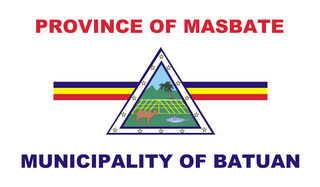
Batuan, officially the Municipality of Batuan, is a 5th class municipality in the province of Masbate, Philippines. According to the 2020 census, it has a population of 14,610 people.

Cataingan, officially the Municipality of Cataingan, is a 2nd class municipality in the province of Masbate, Philippines. According to the 2020 census, it has a population of 50,623 people.

Dimasalang, officially the Municipality of Dimasalang, is a 4th class municipality in the province of Masbate, Philippines. According to the 2020 census, it has a population of 24,909 people.
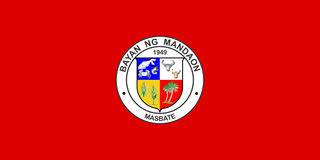
Mandaon, officially the Municipality of Mandaon, is a 3rd class municipality in the province of Masbate, Philippines. According to the 2020 census, it has a population of 44,122 people.

Milagros, officially the Municipality of Milagros, is a 1st class municipality in the province of Masbate, Philippines. According to the 2020 census, it has a population of 57,538 people.

Mobo, officially the Municipality of Mobo, is a 4th class municipality in the province of Masbate, Philippines. According to the 2020 census, it has a population of 40,823 people.

Monreal, officially the Municipality of Monreal, is a 4th class municipality in the province of Masbate, Philippines. According to the 2020 census, it has a population of 25,164 people.

Palanas, officially the Municipality of Palanas, is a 4th class municipality in the province of Masbate, Philippines. According to the 2020 census, it has a population of 27,322 people.
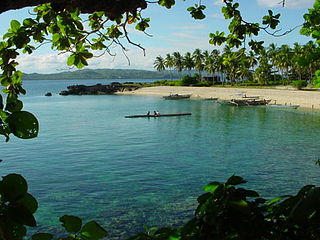
Pio V. Corpus, officially the Municipality of Pio V. Corpus is a 4th class municipality in the province of Masbate, Philippines. According to the 2020 census, it has a population of 23,744 people.

Placer, officially the Municipality of Placer, is a 2nd class municipality in the province of Masbate, Philippines. According to the 2020 census, it has a population of 56,340 people.

San Fernando, officially the Municipality of San Fernando, is a 5th class municipality in the province of Masbate, Philippines. According to the 2020 census, it has a population of 21,600 people.

San Jacinto, officially the Municipality of San Jacinto, is a 4th class municipality in the province of Masbate, Philippines. According to the 2020 census, it has a population of 29,686 people.. San Jacinto is the commercial capital of Ticao Island.
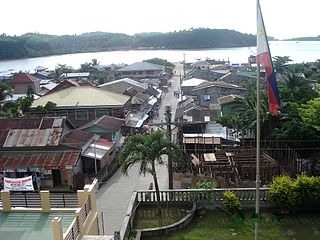
San Pascual, officially the Municipality of San Pascual, is a 3rd class municipality in the province of Masbate, Philippines. According to the 2020 census, it has a population of 44,449 people.

Uson, officially the Municipality of Uson, is a 3rd class municipality in the province of Masbate, Philippines. According to the 2020 census, it has a population of 57,166 people.

Sagñay,, officially the Municipality of Sagñay, is a 4th class municipality in the province of Camarines Sur in the Philippines. It has an land area of 154.76 sq kilometers. According to the 2020 census, it has a population of 36,841 people. Based of this information, there is a population density of 238 people per sq kilometer.

Siruma, officially the Municipality of Siruma, is a 4th class municipality in the province of Camarines Sur, Philippines. According to the 2020 census, it has a population of 19,419 people.
























